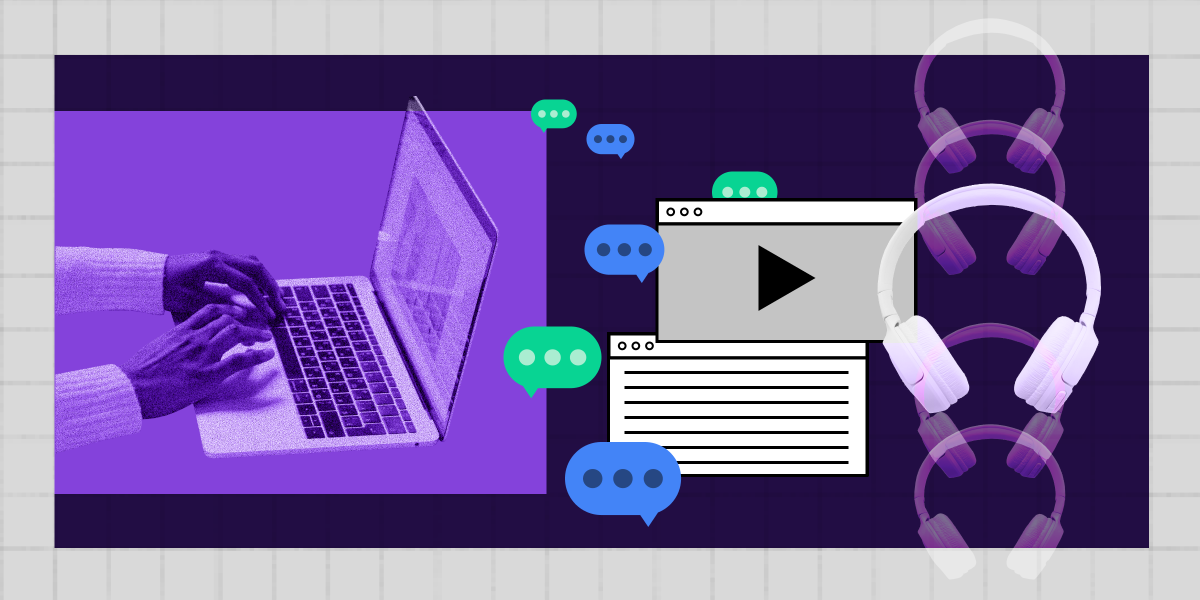
What is
Universal Design for Learning
Universal Design for Learning, or UDL for short, is a system created to ensure students with learning differences can thrive in the same educational environment. Universal Design for Learning is a framework aimed at making the curriculum accessible to all students, including those with intellectual disabilities, by providing both cognitive and physical access to the content being taught and the assessments used to gauge learning. The term “Universal” does not mean that a single teaching method works for every student. Instead, UDL recognizes that there is no “average” learner—students differ in how they process information, in their learning abilities and styles, and based on various situations or contexts. To address this diversity, Universal Design for Learning promotes using a range of educational approaches that help minimize learning barriers.
Universal Design for Learning is built around three principles: engagement (utilizing learner interests and motivations), representation (offering content in various formats), and action and expression (providing learners with diverse expression outlets). Let’s unpack each of these tenets and provide UDL examples across all categories.
Universal Design for Learning examples
Multiple means of engagement emphasizes providing choices and methods that stimulate interest and motivation for learning, recognizing that students have varied preferences and levels of engagement. UDL examples involve providing opportunities for collaboration or independent work based on student preference. Multiple means of representation focuses on providing learners with various ways to acquire and understand information. UDL examples here might be offering vocabulary support tools like glossaries, translations, and hyperlinks to definitions. Finally, multiple means of action and expression addresses the different ways students can demonstrate what they know and how they interact with the learning environment. UDL examples here involve incorporating tools like speech-to-text for writing or graphic organizers for planning.
Universal Design for Learning refers to a framework established to minimize physical and mental barriers to learning, affording all students equal opportunity to flourish. With Universal Design for Learning, information is presented in flexible ways, pertaining to lectures, discussions, demonstrations, resources and more. Each of the three principles and UDL examples above correspond to instructional strategies that include: Total Physical Response (TPR), Language Experience Approach (LEA) and Role Audience Format Topic (RAFT).
TPR is an English as a Second Language technique that prioritizes body language as a means of communication. Effective UDL examples include presenting actions and commands and asking students to follow along.
The next Universal Design for Learning strategy is LEA. This technique advances reading literacy skills and written communication by encouraging students to read aloud their work and write elaborate and technical reports.
The third UDL strategy is RAFT. Here, students are encouraged to consider how a topic might be perceived from a different perspective and become more familiar with writing for a foreign audience. UDL examples here involve responding to the following prompts: What role do you play as a writer?, What audience are you writing with in mind?, What format are you writing (a poem, speech, letter)?, and What topic are you writing about and why?
What does UDL stand for?
UDL stands for Universal Design for Learning.
